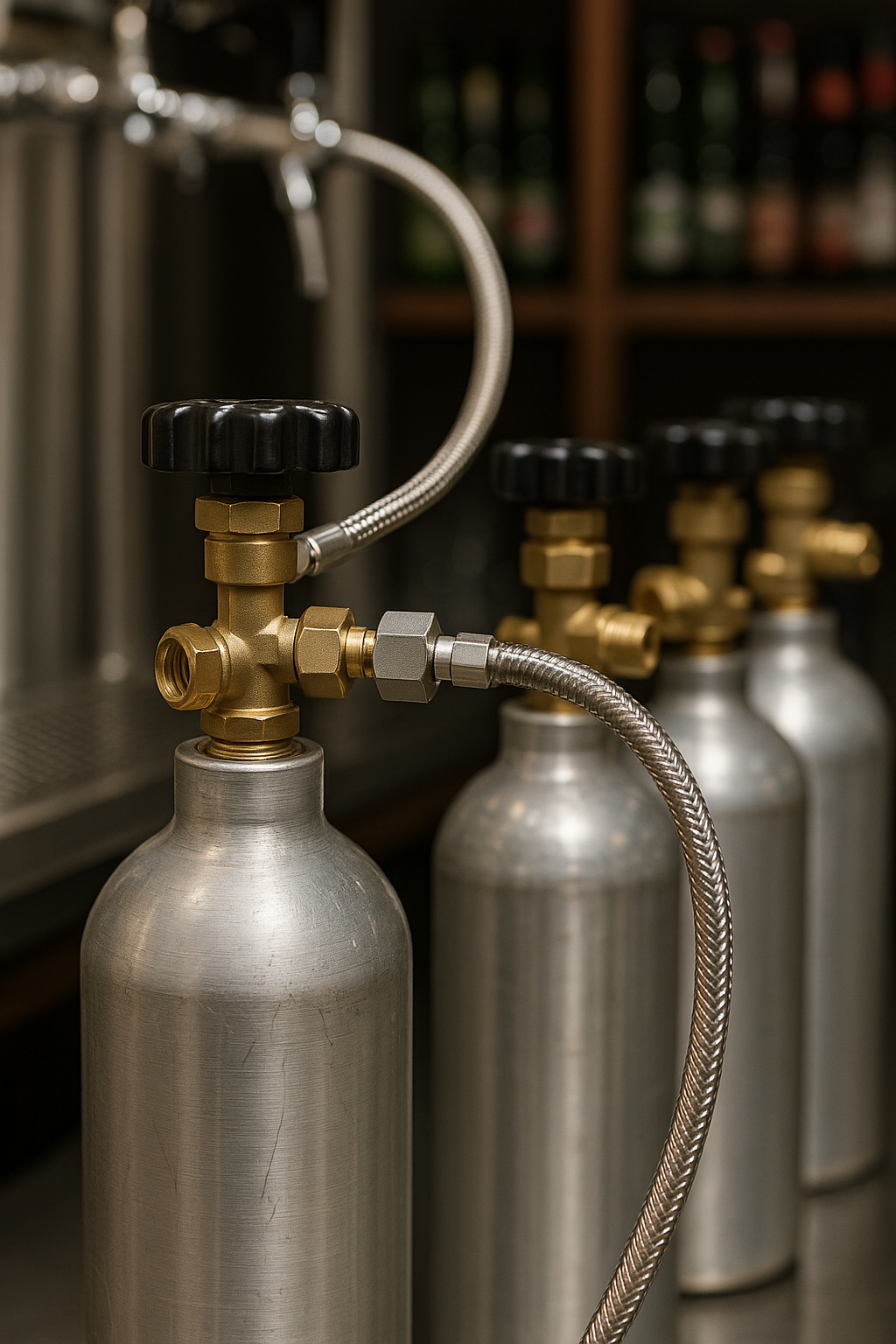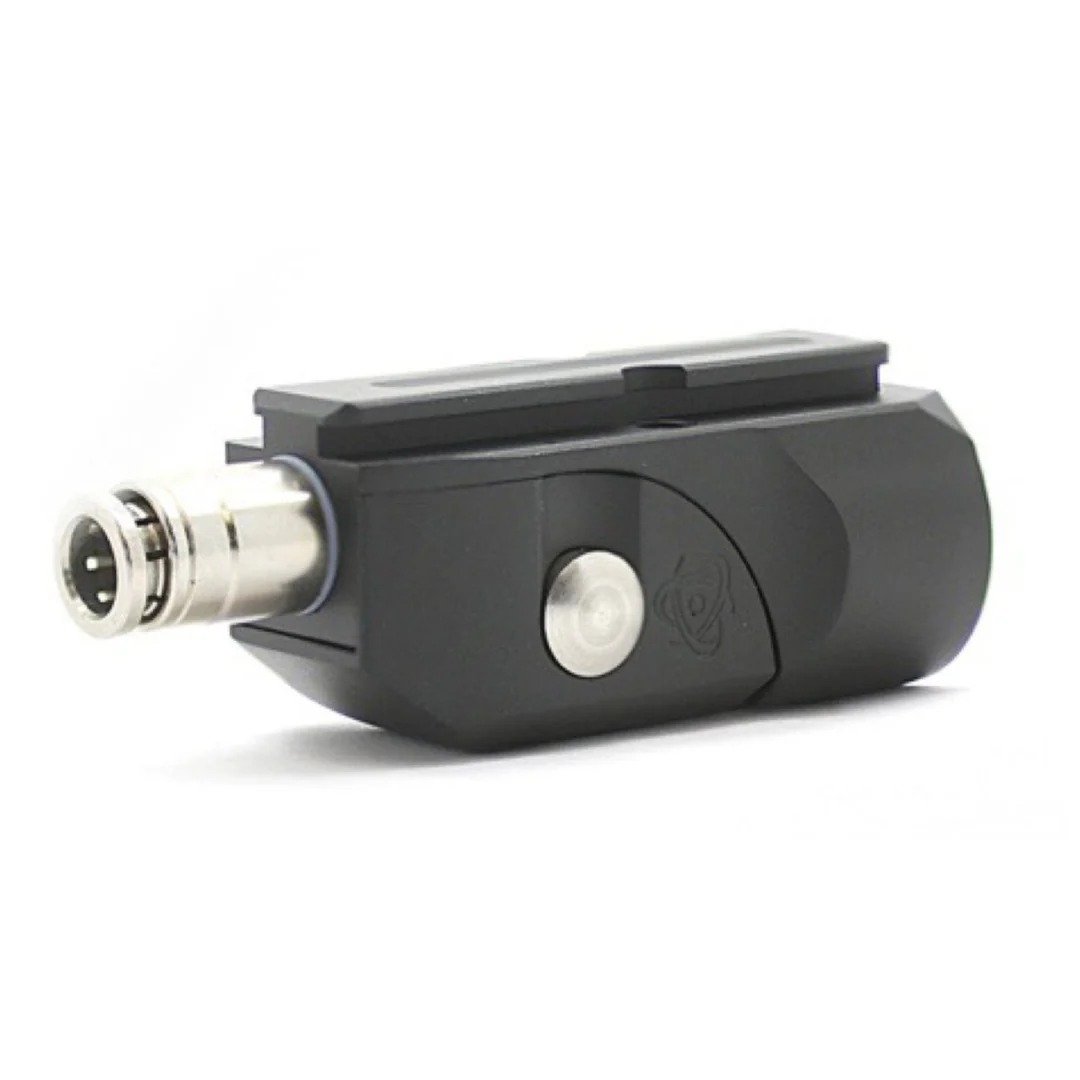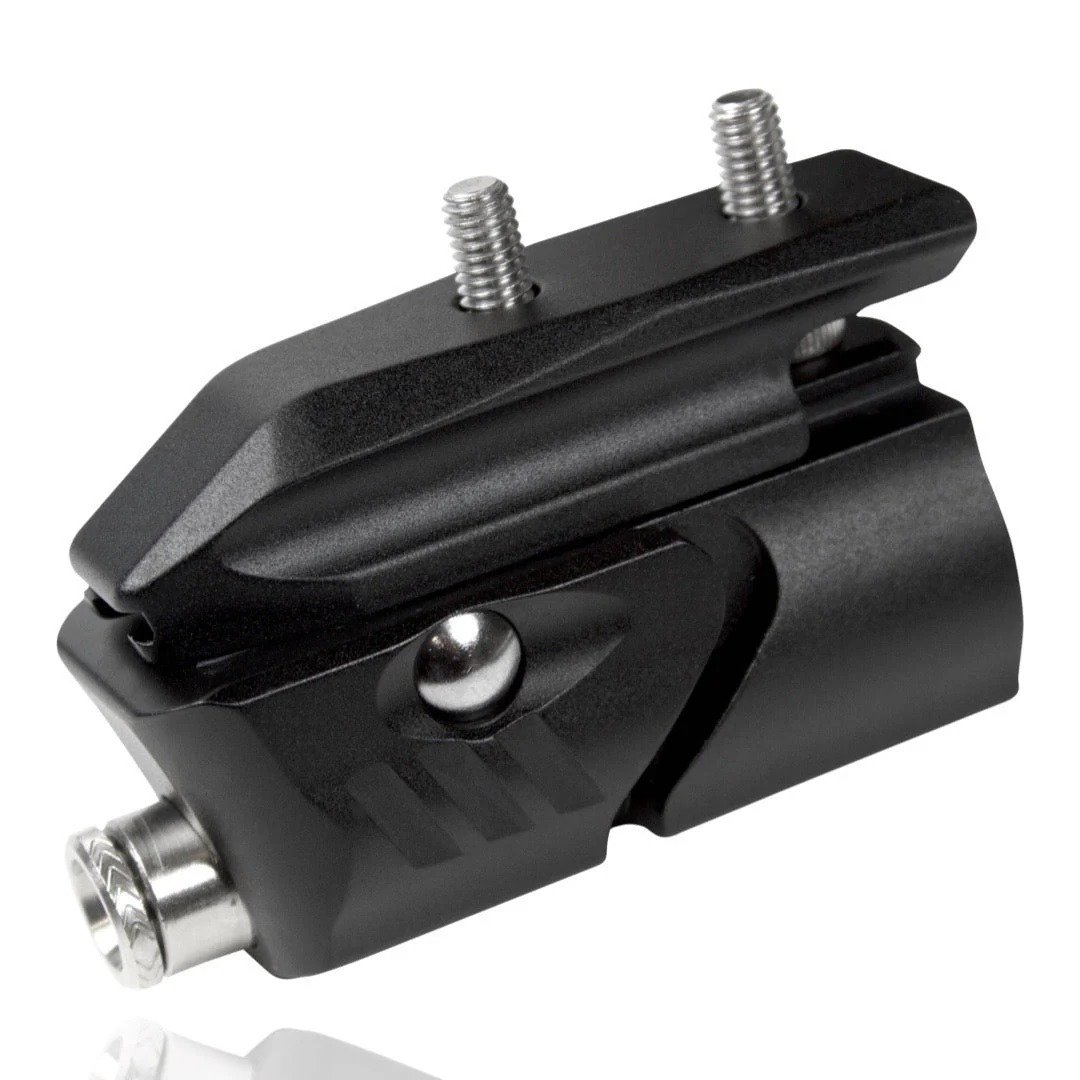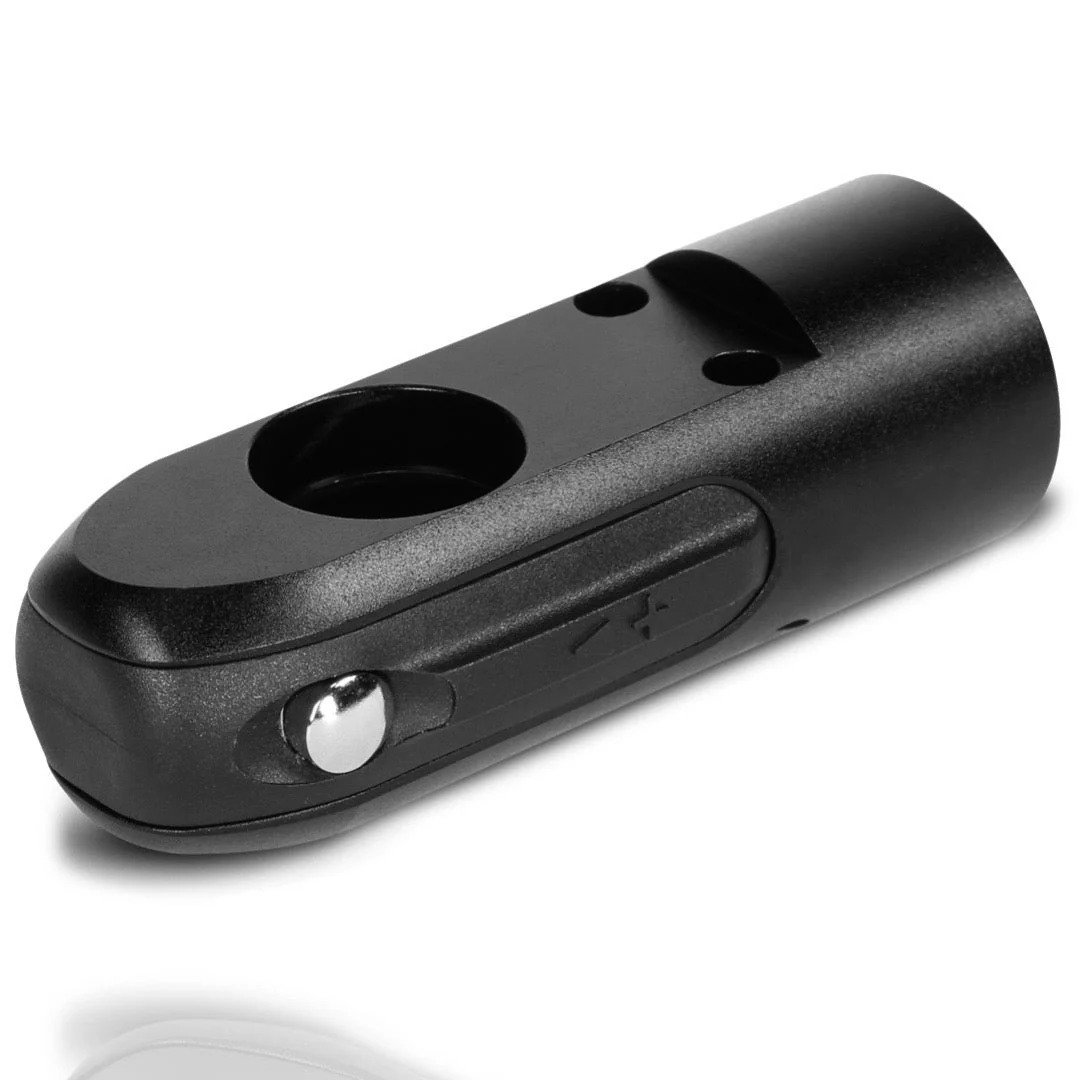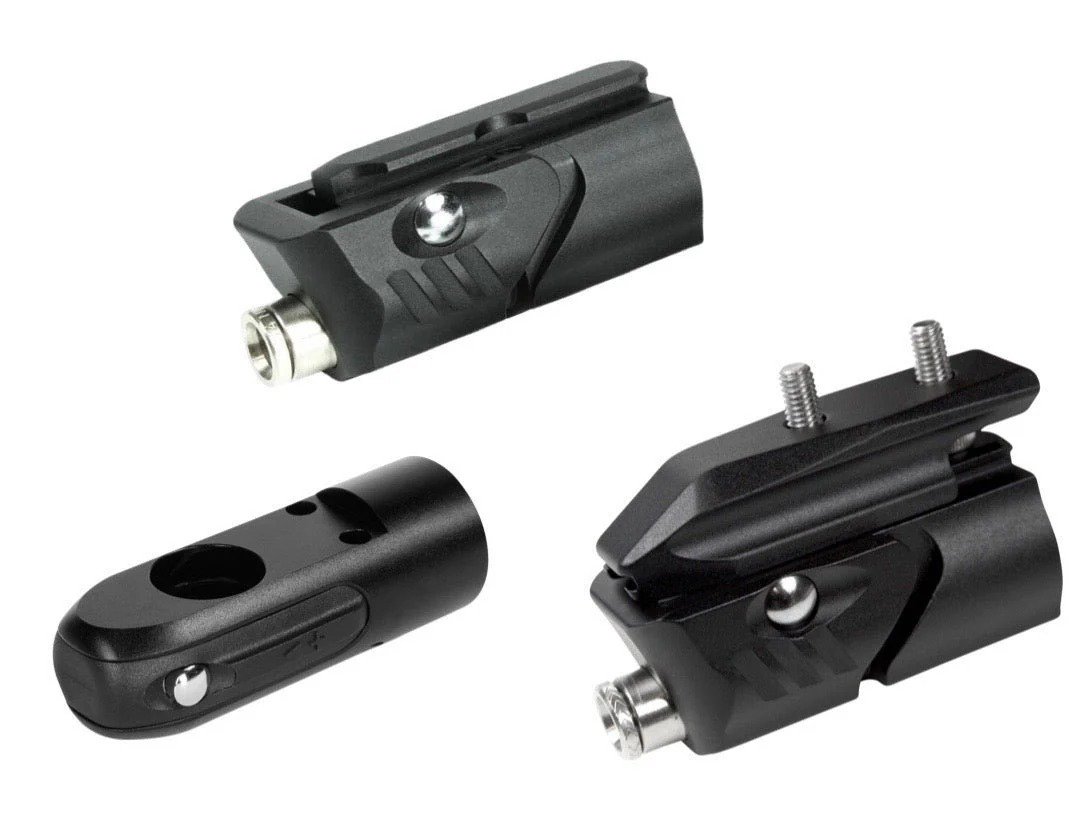Refilling CO2, HPA, and scuba tanks requires proper equipment, safety precautions, and a step-by-step process. CO2 tanks are commonly used for paintball and beverage carbonation, while HPA (high-pressure air) tanks are popular for paintball and airsoft. Scuba tanks, on the other hand, require specialized air compressors. Always follow manufacturer guidelines and inspect tanks for leaks before refilling.
Let’s dive into the specific methods for each industry.
Table of Contents
Refilling CO2 Tanks for Paintball and Beverages
CO2 tanks are widely used in paintball and beverage carbonation. Unlike HPA tanks, CO2 tanks use liquid carbon dioxide, which expands into gas when released.
Equipment Needed
- Bulk CO2 tank (usually 50 lbs or larger)
- CO2 fill station with a scale
- Protective gloves and safety goggles
- A refrigerator (optional, for chilling tanks before refilling)
Step-by-Step Guide
1. Weigh the empty tank. Check the tare weight (TW) stamped on the cylinder.
2. Chill the CO2 tank. Cold tanks fill more efficiently. Place the empty tank in a fridge for 20 minutes.
3. Connect the fill station. Attach the tank to the bulk CO2 system. Ensure all valves are closed.
4. Purge any remaining gas. Open the bleed valve briefly to remove leftover gas.
5. Begin filling. Slowly open the main valve and let liquid CO2 flow into the tank. Watch the scale to avoid overfilling.
6. Close the valve and weigh again. Make sure the total weight matches the correct capacity.
7. Check for leaks. Apply soapy water to the valve and look for bubbles.
Recommended Equipment
- Taprite CO2 Regulator – www.taprite.com
- Kegco CO2 Fill Station – www.kegco.com
- Alizee Paintball CO2 Cylinder – www.alizeecyl.com/paintball-co2-tank
Refilling HPA Tanks for Paintball and Airsoft
HPA tanks provide consistent high-pressure air and are preferred over CO2 in paintball and airsoft due to their stability in different temperatures.
Equipment Needed
- Scuba tank or HPA compressor (rated for 3,000–4,500 PSI)
- Fill station adapter
- High-pressure hose
- Protective eyewear and gloves
Step-by-Step Guide
1. Check the tank pressure. Make sure the tank is not over-pressurized.
2. Attach the fill station. Securely connect the HPA tank to the scuba tank or compressor.
3. Slowly open the valve. Allow air to enter gradually to prevent damage.
4. Monitor the gauge. Stop at the correct PSI (usually 3,000 or 4,500 PSI).
5. Close the valve and release excess pressure. Turn off the system and release trapped air in the hose.
6. Disconnect and check for leaks. Inspect the tank and fittings before use.
Recommended Equipment
- Alizee Paintball HPA Tank – www.alizeecyl.com/paintball-air-tank
- Alkin W31 Mariner High-Pressure Compressor – www.alkincompressors.com
- Scuba Fill Station Adapter – www.divegearexpress.com
Refilling Scuba Tanks for Diving and Industrial Use
Scuba tanks require pure, filtered air to prevent contamination. Divers depend on safe and properly filled tanks to avoid breathing hazards underwater.
Equipment Needed
- High-pressure air compressor (rated for 3,000 PSI or more)
- Air filtration system
- Scuba tank fill adapter
- Moisture and carbon monoxide filters
Step-by-Step Guide
1. Inspect the tank. Check for dents, rust, or damage. Ensure the hydrostatic test date is valid.
2. Connect the tank to the compressor. Use a fill station adapter for a secure fit.
3. Turn on the compressor. Allow it to pressurize gradually.
4. Monitor the pressure gauge. Stop at the correct PSI (typically 3,000 PSI for aluminum tanks, 3,500 PSI for steel tanks).
5. Shut off the compressor and release excess air. Slowly depressurize the hose before disconnecting.
6. Check for leaks. Apply soapy water around the valve.
Recommended Equipment
- Bauer Oceanus Scuba Compressor – www.bauercomp.com
- Coltri MCH6 Portable Compressor – www.coltri.com
Refilling CO2 Tanks for Beer and Soda Production
Breweries and soda manufacturers use CO2 tanks to carbonate drinks. These tanks must be clean and properly filled to maintain beverage quality.
Equipment Needed
- Bulk CO2 tank (typically 50 lbs or more)
- CO2 regulator and hose
- Fill station adapter
- Refrigerator (for chilling CO2 tanks before filling)
Step-by-Step Guide
1. Weigh the empty tank. Use a scale to track CO2 levels.
2. Chill the tank. A colder tank fills more efficiently.
3. Attach the fill station. Connect the hose securely.
4. Purge remaining gas. Open the valve briefly to remove excess pressure.
5. Begin filling slowly. Monitor the weight to avoid overfilling.
6. Close the valve and weigh again. Ensure the correct amount of CO2 has been added.
7. Test for leaks. Apply soapy water around the valve.
Recommended Equipment
- Taprite CO2 Regulator – www.taprite.com
- Kegco CO2 Fill Station – www.kegco.com
- Alizee Beverage CO2 Cylinder – www.alizeecyl.com/kegerator-co2-tank


